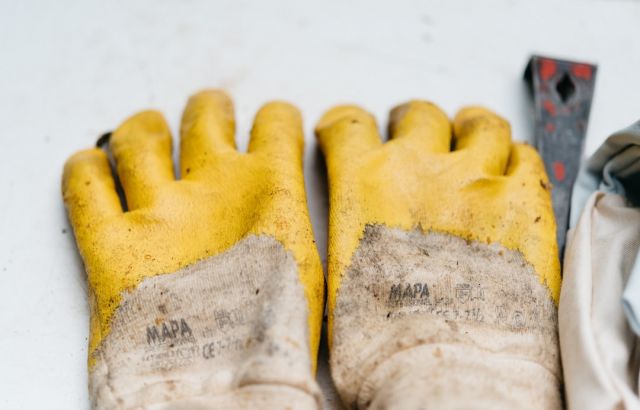Safety gloves are an important piece of safety equipment that every worker should wear in hazardous environments. They protect the hands from cuts, burns, chemicals, and other hazards. But not all safety gloves are created equal. Choosing the right safety gloves can be a challenge, especially if you’re not sure what type of glove to buy. This article will explain the different types of safety gloves and what features to look for when selecting the best pair for your needs.
Types of Safety Gloves
Safety gloves come in a variety of materials and styles, each designed to provide different levels of protection. The most common materials used for safety gloves are leather, rubber, and synthetic materials such as Kevlar or Nomex.
Leather gloves are a popular choice because they are durable and can protect against cuts and abrasions. The downside is that leather gloves are not as flexible as other materials and can be uncomfortable to wear.
Rubber gloves are flexible and comfortable to wear, but they are not as resistant to punctures or tears as leather gloves. They also tend to be more expensive than leather gloves.
Synthetic materials such as Kevlar and Nomex are lightweight and provide excellent protection against cuts and abrasions. They are also more flexible and comfortable than leather or rubber gloves. However, they are not as resistant to punctures or tears as leather gloves.
Features to Look for in Safety Gloves
When selecting the best safety gloves for your needs, there are several features to consider. First, determine the level of protection you need. This will help you decide which material is best for your application.
If you’re working in an environment with hazardous chemicals, you’ll need gloves that are chemically resistant. Look for gloves that are certified to provide protection against specific chemicals.
You’ll also want to consider the fit of the gloves. Gloves that fit properly are more comfortable and provide better protection. The glove should fit snugly but not be so tight that it restricts movement or cuts off circulation.
Finally, look for gloves that are durable and can stand up to the wear and tear of your job. Check the stitching on the gloves to make sure it is strong and won’t come apart easily.
Conclusion
Choosing the right safety gloves is an important part of ensuring the safety of workers in hazardous environments. Different materials provide different levels of protection and it’s important to select the best glove for your needs. When selecting safety gloves, consider the level of protection required, the fit of the glove, and the durability of the material. With the right safety gloves, you can ensure the safety of your employees and protect your business from costly accidents.






